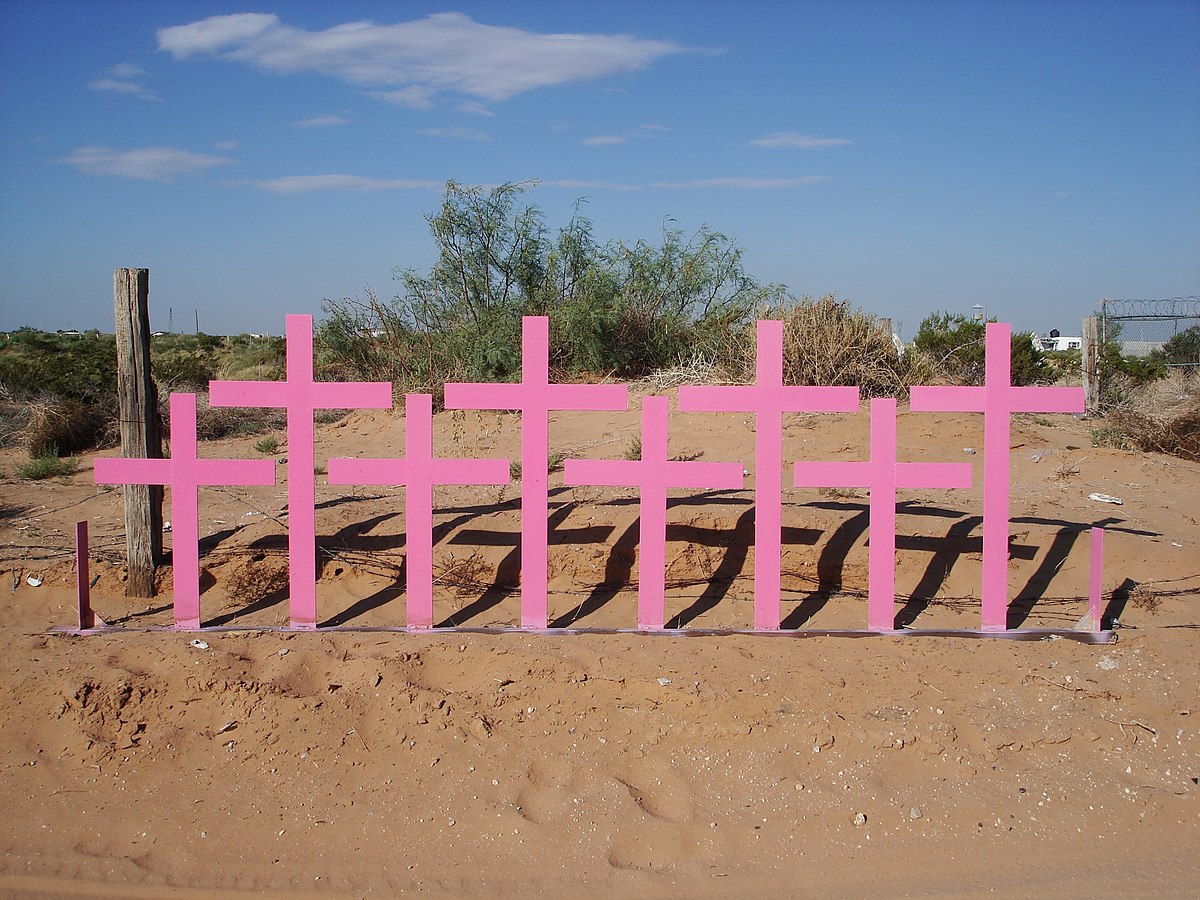 Football season is in full swing across America. Professional, college, and high school athletes are assuming positions to hike, punt, tackle, and blitz. Fans are pouring into stadiums, gathering around big screen televisions, and setting up homes away from home in parking lots as they tailgate their teams to victory. Estimates are that 21 million viewers watch Sunday Night Football each week. Additionally, over 19 million people attended regular season games. Consumer spending on the Super Bowl alone reached $17 billion in 2024. With these kinds of numbers, one can not help but wonder if football is the new religion in America.
Football season is in full swing across America. Professional, college, and high school athletes are assuming positions to hike, punt, tackle, and blitz. Fans are pouring into stadiums, gathering around big screen televisions, and setting up homes away from home in parking lots as they tailgate their teams to victory. Estimates are that 21 million viewers watch Sunday Night Football each week. Additionally, over 19 million people attended regular season games. Consumer spending on the Super Bowl alone reached $17 billion in 2024. With these kinds of numbers, one can not help but wonder if football is the new religion in America.
According to Durkheim, “Religion is a unified system of beliefs and practices relative to sacred things, that is to say, things set apart and forbidden — beliefs and practices which unite into one single moral community called a Church, all those who adhere to them.” Traditionally, religions are either monotheistic or polytheistic. Monotheistic refers to the belief or worship of a single god. Christianity, Judaism, and Islam are all monotheistic religions. On the other hand, polytheistic religions assume the belief or worship of more than one god. Regardless of the approach, religions divide the world up into the sacred, those things set apart and requiring special religious treatment, and the profane, the ordinary, and familiar realm of everyday existence. Sacred items include symbols like the cross, holy books like the Torah, and sacred spaces like the city of Mecca in Saudi Arabia.
 It is assumed that football fans have team favorites, thus taking a monotheistic or “mono-team” approach to the game. By all accounts, the Dallas Cowboys are the top mono-team with over 8 million fans. Like religious adherents, many fans of American football also divide their world into the sacred and the profane. Their favorite team and players are sacred in the hearts of fans. Certain players even transcend the boundaries of teams to become sports gods. Tom Brady, Jerry Rice, and Jim Brown frequently make the list of the best players in history and are revered accordingly. On the other hand, rivals in this context are profane and are treated in a more pedestrian manner that borders on outright hostility. Fans of the Dallas Cowboys may jeer and yell at the Philadelphia Eagles because, by its very nature, sports fandom requires you to hold your team in higher esteem than that of your opponent.
It is assumed that football fans have team favorites, thus taking a monotheistic or “mono-team” approach to the game. By all accounts, the Dallas Cowboys are the top mono-team with over 8 million fans. Like religious adherents, many fans of American football also divide their world into the sacred and the profane. Their favorite team and players are sacred in the hearts of fans. Certain players even transcend the boundaries of teams to become sports gods. Tom Brady, Jerry Rice, and Jim Brown frequently make the list of the best players in history and are revered accordingly. On the other hand, rivals in this context are profane and are treated in a more pedestrian manner that borders on outright hostility. Fans of the Dallas Cowboys may jeer and yell at the Philadelphia Eagles because, by its very nature, sports fandom requires you to hold your team in higher esteem than that of your opponent.
Athletes and fans alike often have rituals they believe will help lead their teams to victory. These include:
- Doing the Skol chant at the Minnesota Vikings game
- Atlanta Falcons fans doing the Dirty Bird Dance
- Swinging the Terrible Towel at Pittsburgh Steelers games
- Green Bay Packers fans wearing Cheeseheads
- Firing 18th-century muskets in the end zone in New England
 While the rituals themselves may not directly lead to touchdowns, they do fulfill an important role in the religion of football. As explained by Durkheim, the key to religion is not simply in its beliefs but in its rituals. In sports it is not just about believing in your team, it is about being part of the group that does rituals to support it. Rituals create a sense of solidarity that brings the group together. This group unity gives participants a sense of power in the face of the unknowable, whether that be questions about life or death, or whether your team’s quarterback can throw that Hail Mary pass to win the game.
While the rituals themselves may not directly lead to touchdowns, they do fulfill an important role in the religion of football. As explained by Durkheim, the key to religion is not simply in its beliefs but in its rituals. In sports it is not just about believing in your team, it is about being part of the group that does rituals to support it. Rituals create a sense of solidarity that brings the group together. This group unity gives participants a sense of power in the face of the unknowable, whether that be questions about life or death, or whether your team’s quarterback can throw that Hail Mary pass to win the game.
The average church in the U.S. seats 200 people, but small churches may seat as little as 60. A megachurch is a church with an average of 2,000 or more persons in weekly attendance. Churches that seat 10,000 or more are often referred to as “giga churches.” Returning to football, we find that with a seating capacity of over 82,000, the MetLife Stadium in New Jersey is the largest National Football League (NFL) stadium in the U.S. Although the AT&T Stadium in Arlington, Texas, with a seating capacity of 80,000 can be configured to hold 100,000. At 61,500 Soldier Field in Chicago may be the smallest football stadium in the country, but it still eclipses the giga churches. According to Forbes magazine, in 2023, the average NFL ticket costs $377 per game. Interestingly, the average weekly tithe or donation by churchgoers is $17 per week. One megachurch in Ohio took the “if you can’t beat them, join them” approach by creating a Super Bowl Sunday sermon around football that included the associate pastors dressed in team uniforms, and the senior pastor punting a copy of the Bible (dressed up like a football) into the audience.
If a football sermon doesn’t make one pause, consider this: . 47 percent of Americans identify as religious, but only 20 percent attend services every week, and only 5 percent tithe. On the other hand, 72 percent of Americans identify as football fans. The average NFL game lasts just over three hours, while the average mainstream church service lasts around one hour. If a person watches professional football on Sunday, Monday, and Thursday, and then switches to college games on Saturdays, that means they are spending exponentially more hours on football than in church. All in all, after taking in all this information, one can easily say that football is indeed the true religion of America.
Thompson is a co-owner of UITAC Publishing. UITAC’s mission is to provide high-quality, affordable, and socially responsible online course materials.
Images used in this blog:
- “Build up to the 2010 game between Denver Broncos and San Francisco 49ers” by Thomas from London, UK, is licensed under CC BY 2.0. This image has not been altered.
- “Great Mosque of Mecca (Masjid al-Haram)” bycom is licensed under CC BY-SA 4.0. This image has not been altered.
- “Cheesehead in Stadium” by Chris F is licensed under CC BY 2.0. This image has not been altered.




